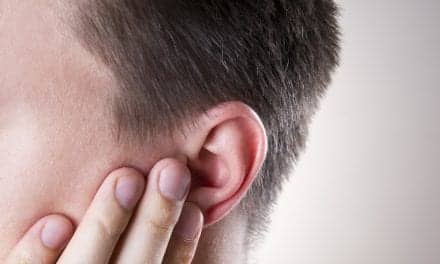Bethesda, Md — Got a great idea to improve access to health care for those with hearing loss? The National Institutes of Health is providing grants from $150,000 for you to develop that technology.
The grant is part of the Affordable Health Care Act of 2010. The law includes funds for research grants for .png)
The idea is to develop technologies that overcome existing barriers to adequate health care delivery. Such barriers might include:
- Physical Barriers—factors such as proximity to health care facilities and transportation may limit access to health care.
- Infrastructure Barriers—rural hospitals and community health centers may not have the same resources and expertise of large hospitals, and may not be able to afford advanced but costly medical technologies.
- Economic Barriers—lack of insurance coverage or financial resources may contribute to disparities in health care access and outcomes.
- Knowledge Barriers—health literacy and language barriers can inhibit health care delivery, including the patient’s knowledge of their health care needs.
- Cultural Barriers—religious beliefs and social customs often deter certain populations from seeking health care.
- User Barriers—manual dexterity, cognitive capacity.
Whatever idea you have, the proposal should include how it could be “effective, affordable, culturally acceptable, and deliverable in ways that are likely to provide significant gains in access for a specific health disparity population.”
Some of the types of technology that might achieve the objectives includes:
- Telehealth technologies for remote evaluation and monitoring.
- Devices or sensors for point-of-care assessment or treatment.
- Devices for in-home monitoring.
- Mobile, portable assessment and therapeutic systems.
- Devices that integrate assessment, diagnosis and treatment.
- More…
Some specific examples include:
- Development of a kiosk, allowing low cost hearing testing and hearing aid fitting, for underserved patients or in underserved geographic areas.
- Use of the Internet for hearing testing, hearing aid fitting and adjustment, patient education, and follow-up.
- The development of calibration systems for automatic audiometer.
- Telephone and Internet screening systems.
- Use of currently available basic technology (eg, phone lines, Internet, universal remote controls, home audiovisual equipment, smart phones) to promote patient education, surveillance of hearing loss, hearing aid maintenance, and patient-clinician communication.
- Technologies minimizing the need for multiple patient visits to a practitioner’s office.
- Development of automated audiometry with potential for implementation beyond the traditional clinical or research environment.
- Development of low cost self-fitting hearing aids that improve accessibility though appropriate use of new or existing technology, after special consideration of patient needs for limited dexterity, cosmesis, selection, fitting, and aftercare.
Find out more detailed information on the NIH Web site.




